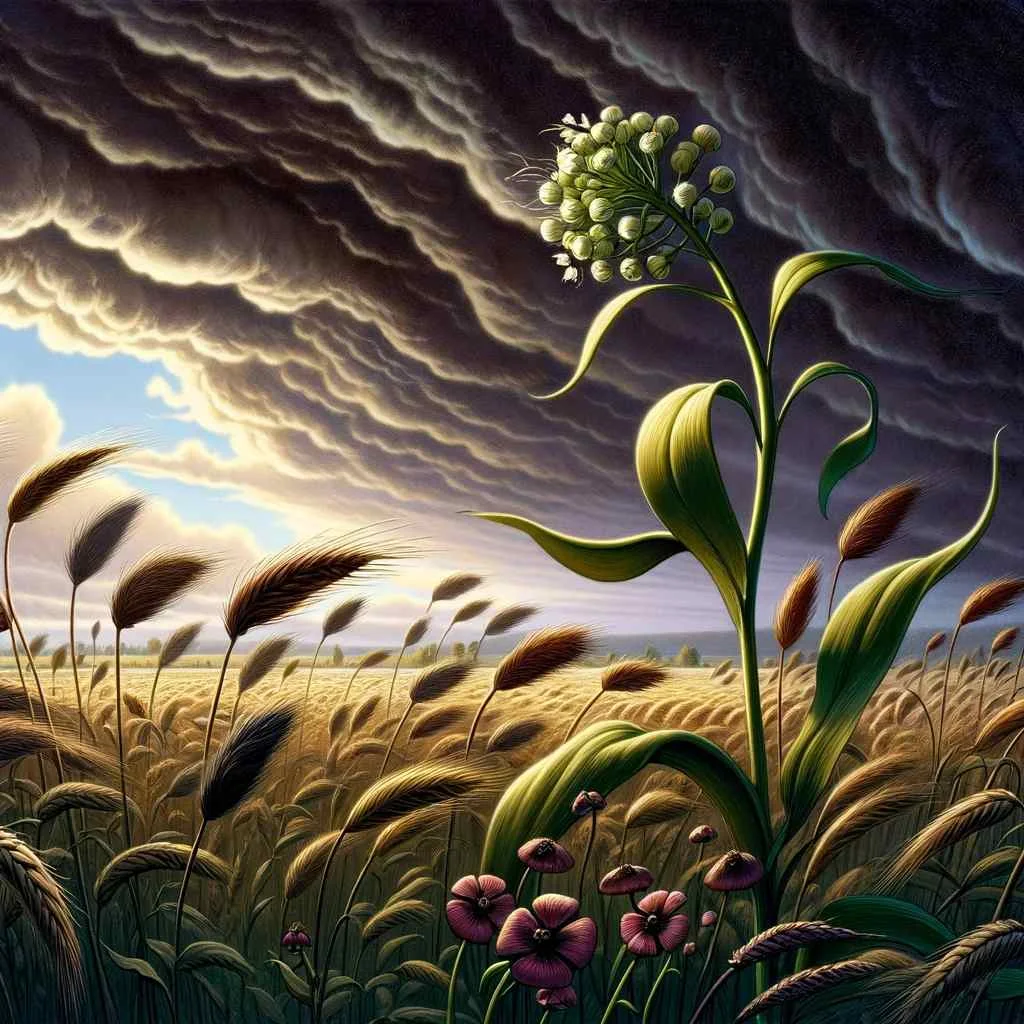“The Buckwheat” by Hans Christian Andersen is a story that serves as a moral lesson about pride and humility. This is a short retelling of the story:
Once upon a time, there was a field full of various grains and a patch of buckwheat. The buckwheat was proud and did not bend like the other grains. It stood tall and upright, boasting of its own superiority.
One day, a violent storm approached. The other grains and flowers bowed their heads, respecting the power of nature. But the buckwheat remained upright, saying defiantly, “I will not bend my head before anyone, not even the mightiest storm!”
The storm raged through the field, bending and swaying everything in its path. The humble grains and flowers, which had bowed low, were spared the storm’s fury. However, the buckwheat, with its prideful stance, was beaten and broken by the storm’s power.
After the storm passed, a traveler walked by the field and noticed the devastation. “See how the proud buckwheat lies beaten and broken,” he remarked, “while those who were humble have survived.”
But the story does not end there. A new tragedy struck. The broken buckwheat was set ablaze by a spark from a passing train. The once proud plant was now reduced to ashes, its arrogance leading to its ultimate downfall.
In the end, the buckwheat’s pride and refusal to acknowledge the forces greater than itself led to its destruction, while those who showed humility and respect for nature endured and thrived.
Moral Of The Story
Overall, “The Buckwheat” serves as a reminder that true strength often lies in the ability to be humble and adaptable in the face of life’s challenges.
Also Read: The Butterfly Struggle

